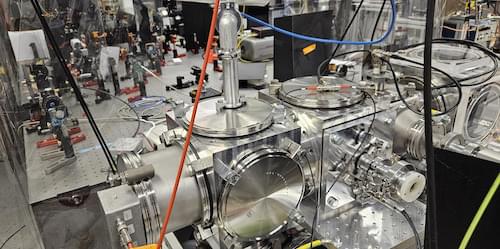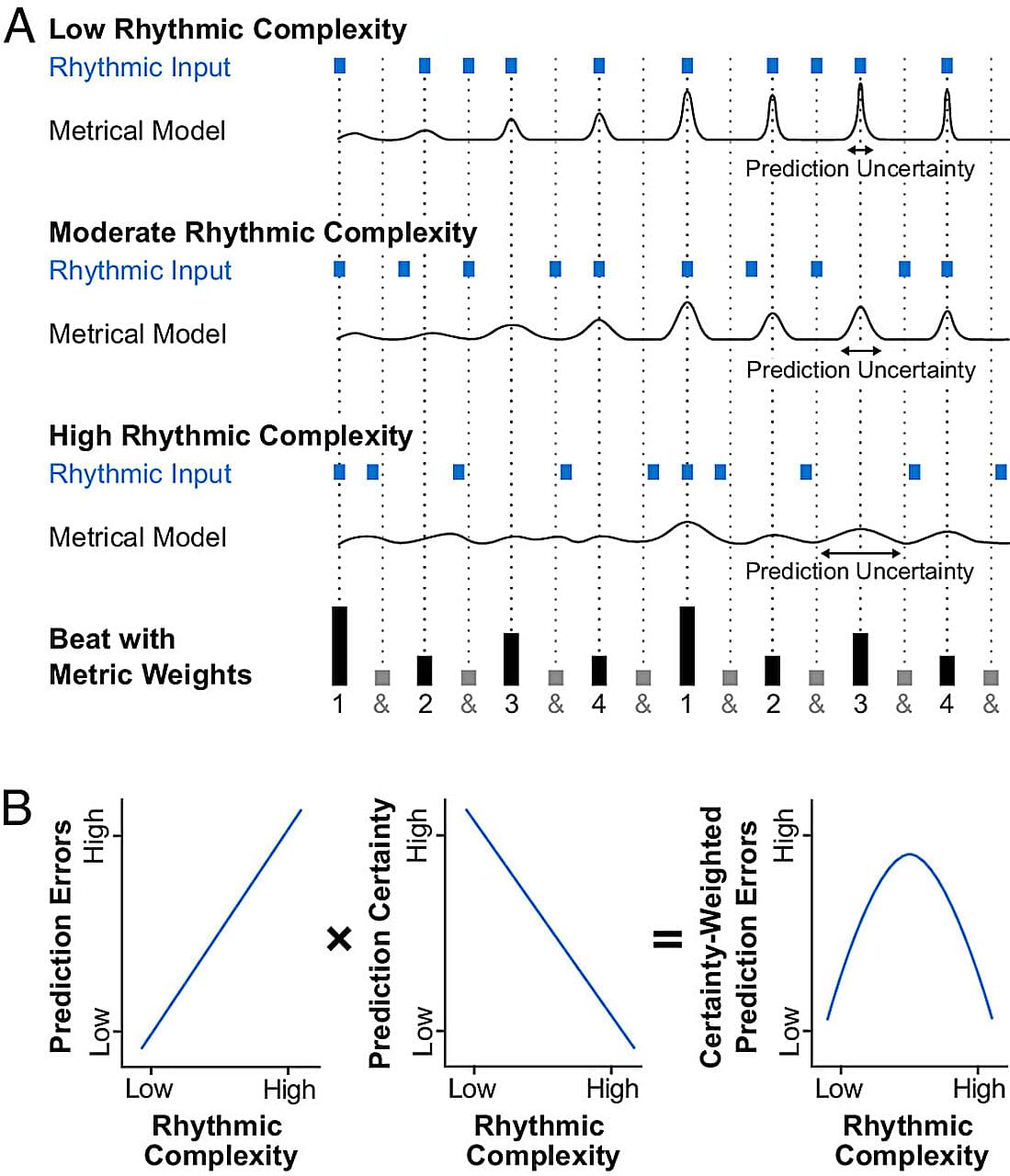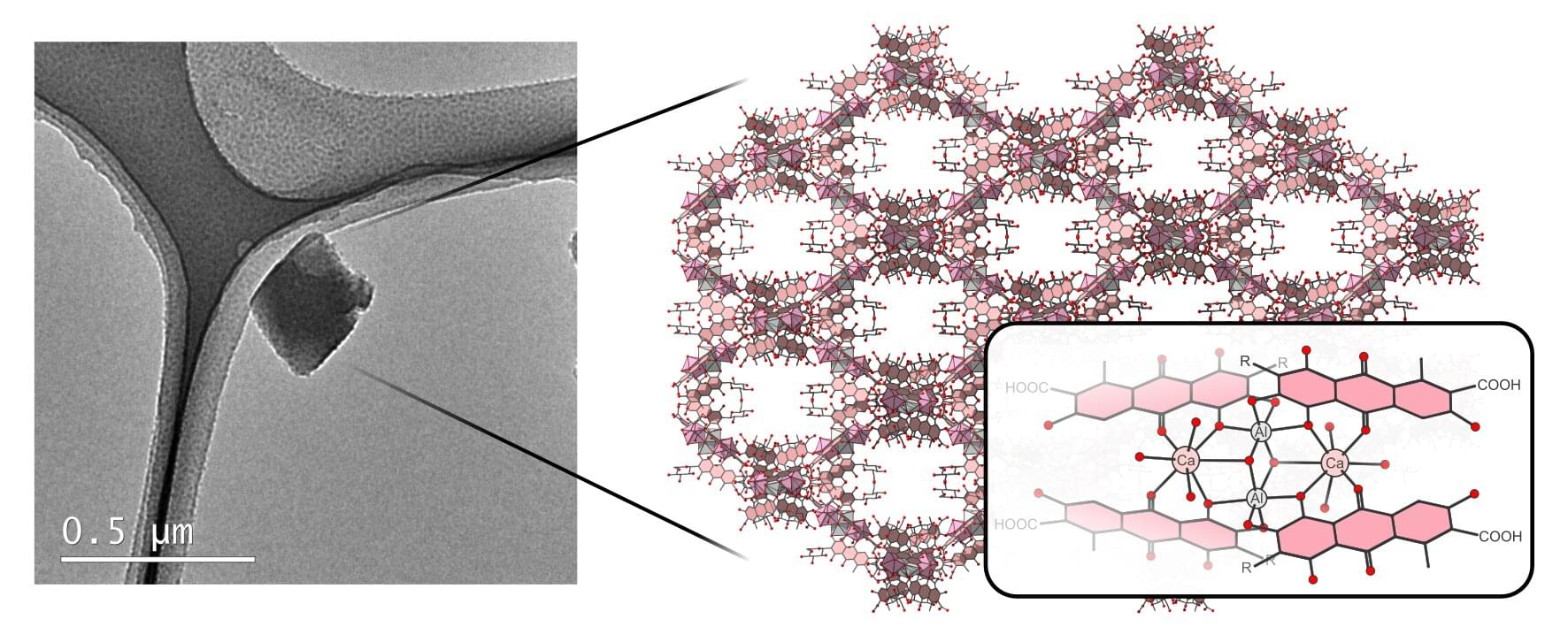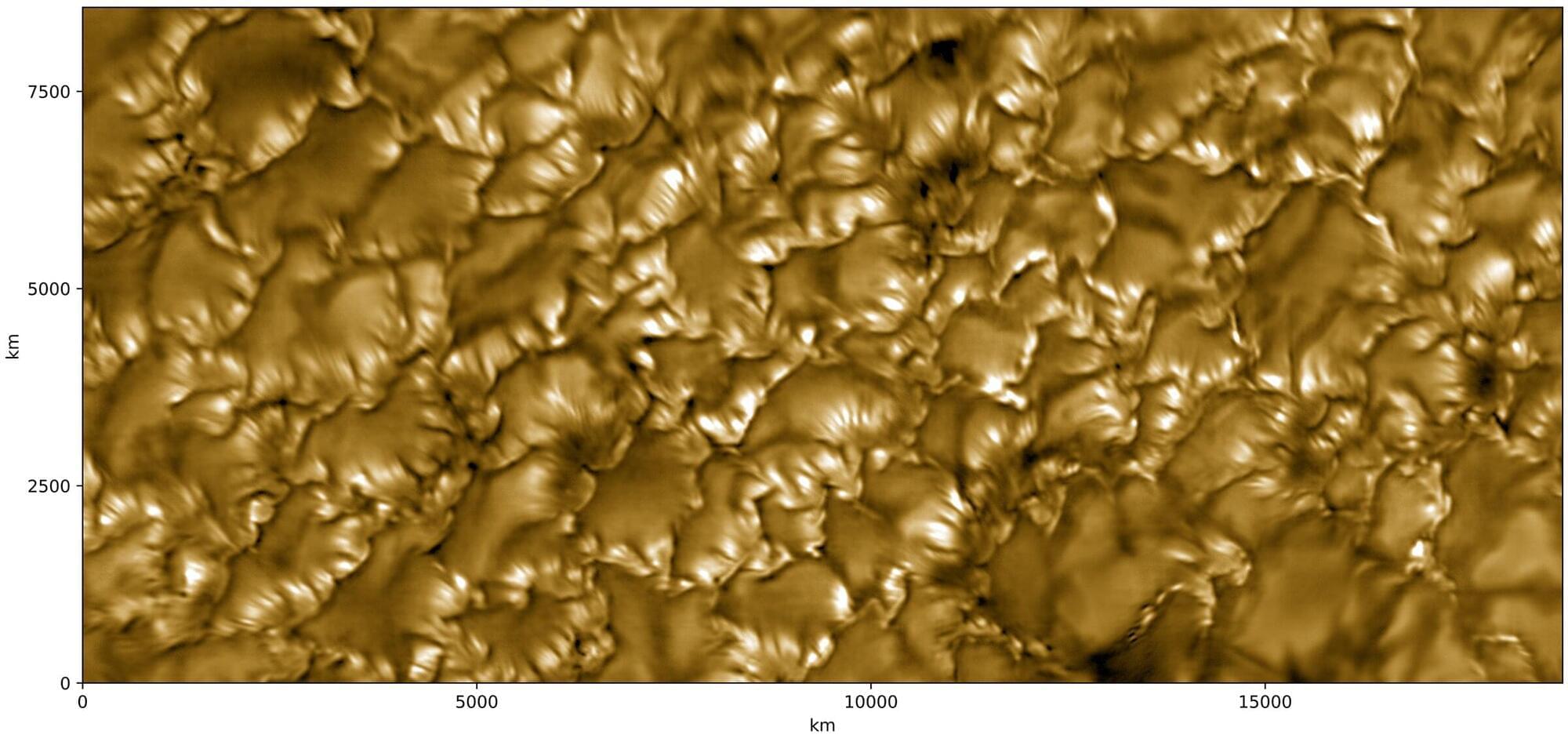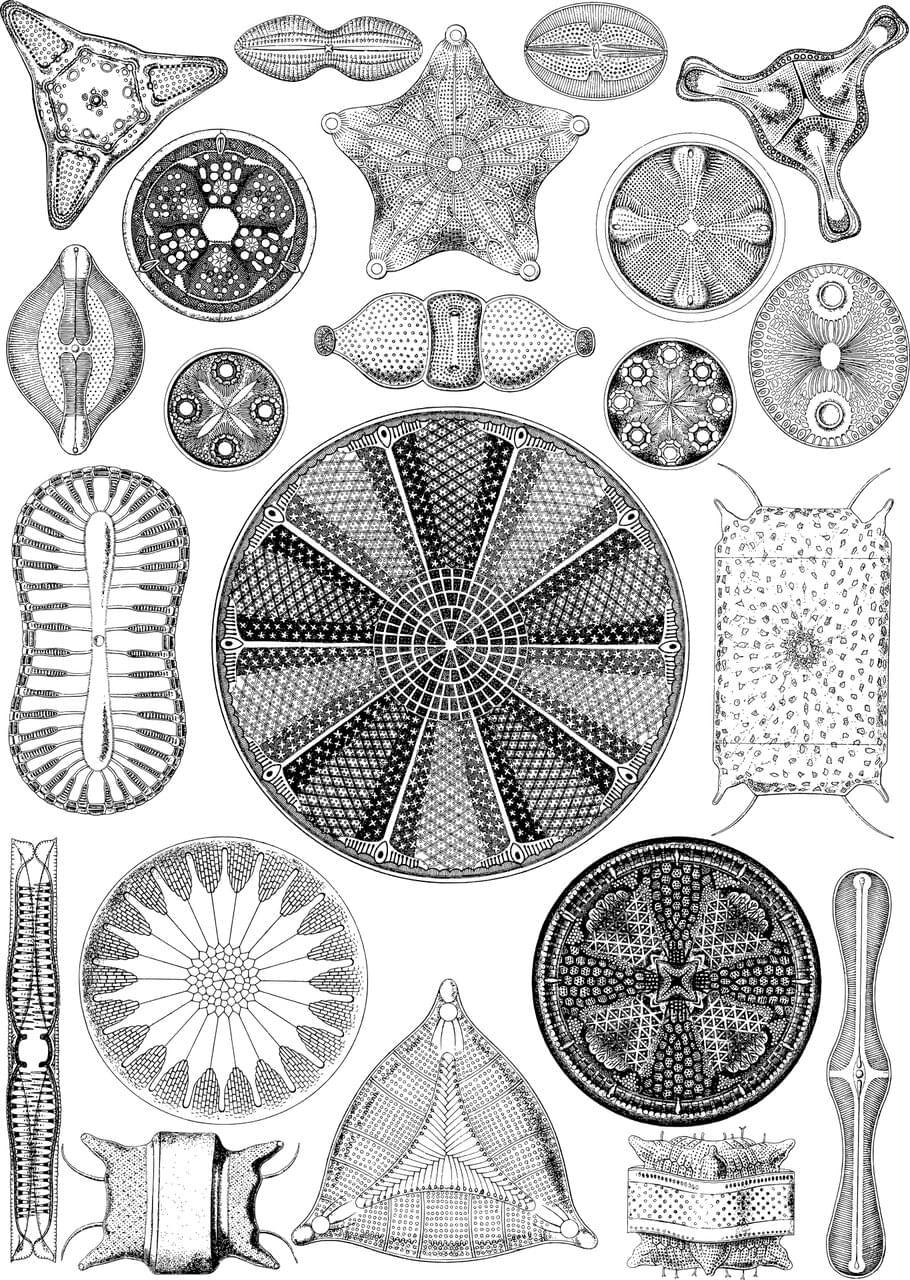New physics may explain discrepant values for the ionization energy of a metastable state of helium.
In the search for new physics beyond the standard model of particle physics, a significant discrepancy between theory and experiment attracts attention, especially in a simple atomic system such as helium. Recently, evidence has appeared for a 9 discrepancy in the ionization energy of the metastable triplet state of helium-4 (4He) [1, 2]. This stands out like a sore thumb in a field where theory and experiment are both highly accurate and normally in agreement. However, in assessing the validity of the discrepancy, there is always the possibility that something has been overlooked or miscalculated. Now Gloria Clausen and Frédéric Merkt of the Swiss Federal Institute of Technology (ETH) Zurich have released the results of their latest research [3] in a series of high-precision experiments [1, 4]. Their results (Fig.
